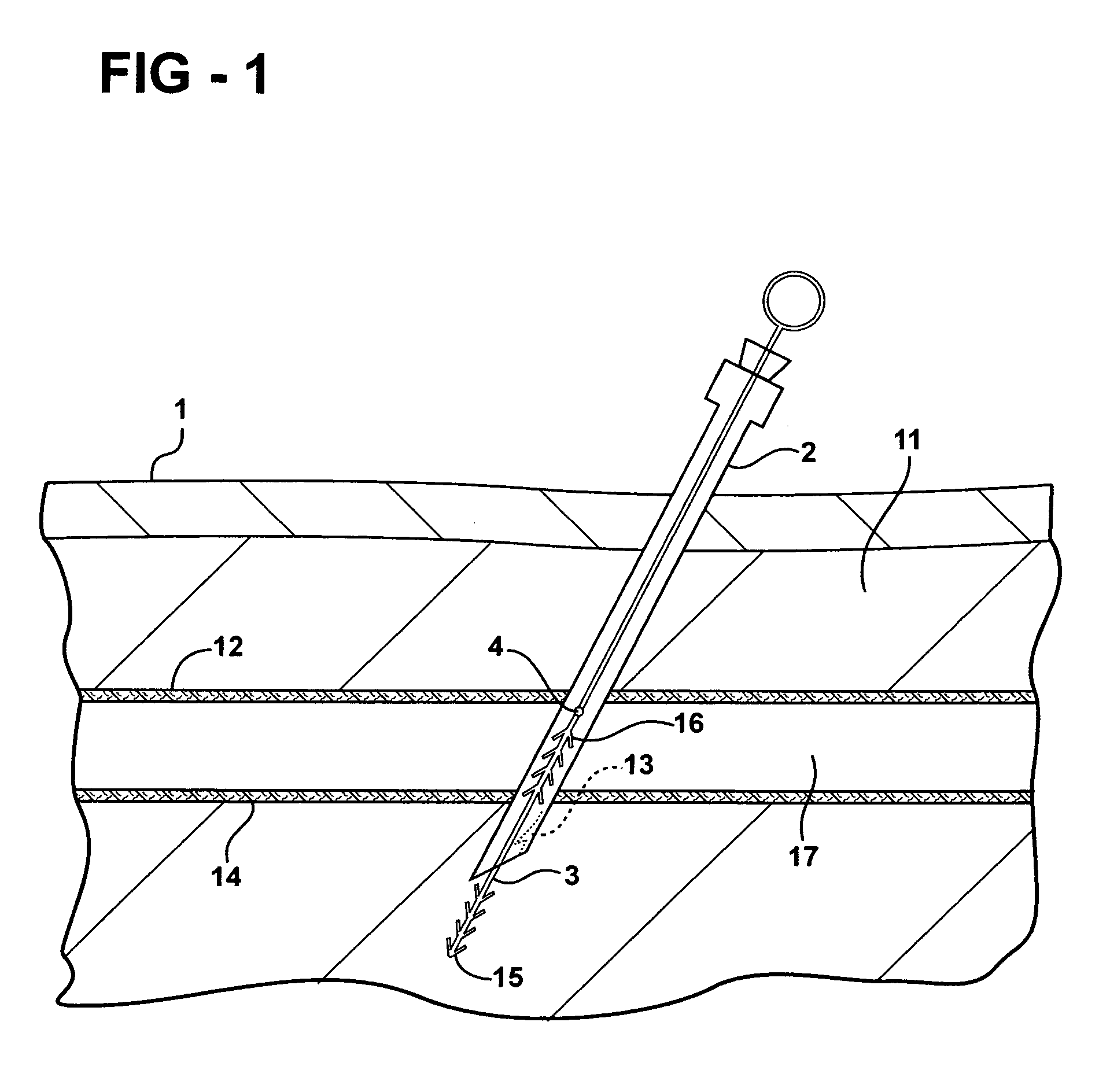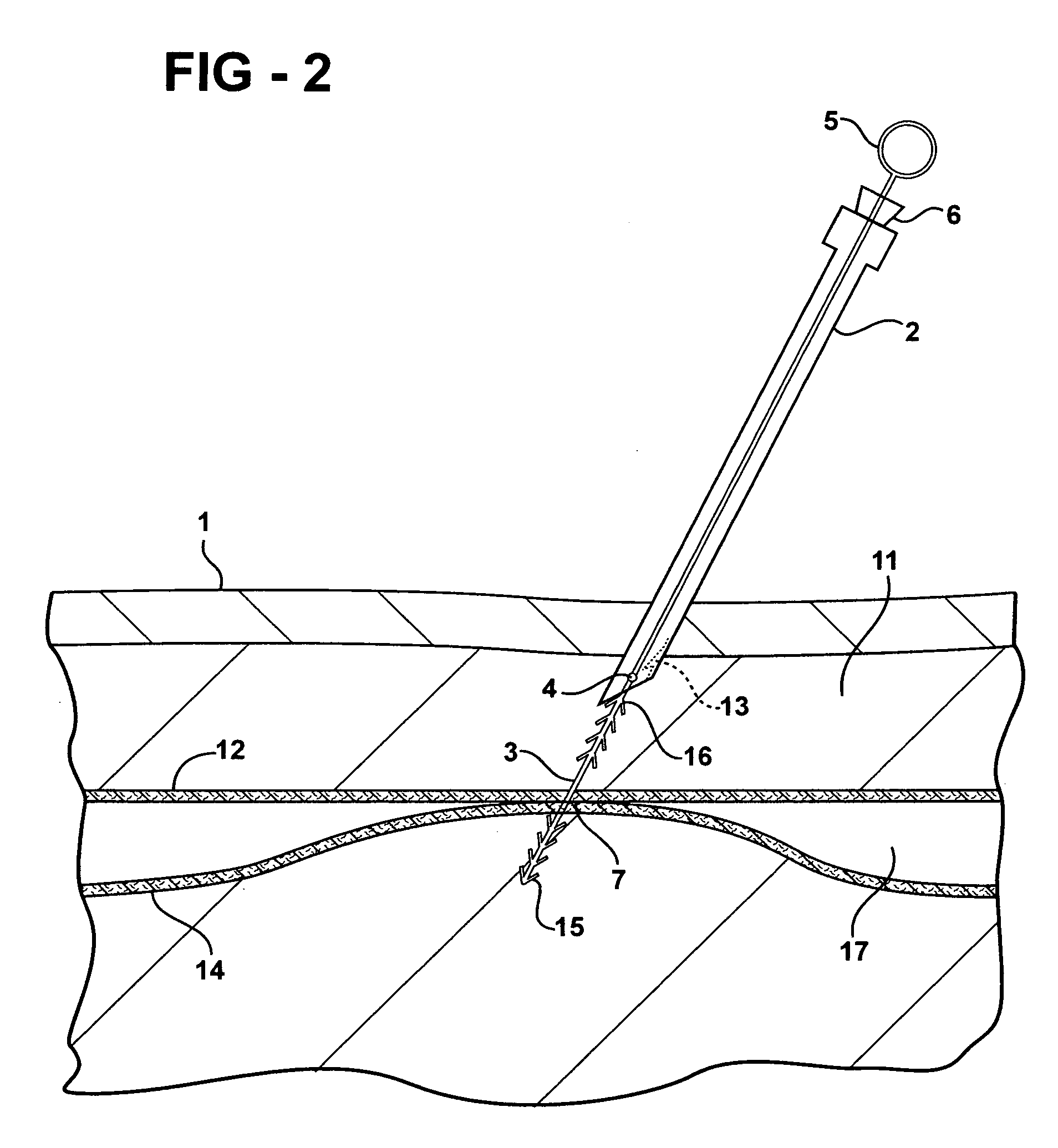It has been estimated that over 4.6 million work days are lost each year due to the effects of venous
disease with costs totaling in the billions of dollars.
The direct government cost for treating advanced venous disease exceeds one billion dollars per year.
With loss of vein valve function, blood does not flow properly and only repair of the valves or
elimination of the malfunctioning vein will normalize circulation in the venous system.
Cutting or injuring many small roots would typically have minimal
impact on the tree, but damage of the main
trunk root can cause major problems or even loss of the tree.
The deep system is much like the main
trunk root of a tree, and loss of parts of this system can be serious or even fatal as there is very little redundant capacity or alternative pathways for blood flow.
However, poor or absent valve function, known as venous incompetence, either from acquired or genetic weaknesses or from injury can allow blood to
pool in the legs.
The end results can be the development of many symptoms including pain,
itching, and swelling.
These are by necessity tight and are typically hot and uncomfortable for most who wear them.
Surgical techniques can remove some poorly functioning veins but the treatment is invasive and fraught with serious potential complications and long patient
recovery periods.
These methods work well for some superficial veins but are not appropriate for
deep vein treatment.
Utilizing these methods for perforator veins, while possible, carries
increased risk of damaging the deep venous system due to its close proximity.
This technique is also inappropriate for the deep venous system, and carries
significant risk when utilized in the perforator system, again due to the close proximity and tie
potential risk of damaging that system.
In summary, venous insufficiency treatment utilizing heat from lasers or radiofrequency fibers can cause collateral damage to surrounding structures including the deep venous system.
Sclerotherapy
ablation has the well-documented risk of sclerosant migration into surrounding veins including the deep venous system.
These problems limit the usefulness of all of those currently utilized techniques.
One of the most common problems seen in patients with serious venous disease or venous ulcers is incompetent perforator veins.
The
resultant high pressures in the
skin and surrounding structures can cause destructive tissue changes.
The
skin will typically darken and turn hard and fibrotic.
However, treatment of incompetent veins, particularly perforators, has been problematic.
Open surgery requires one or more large incisions, often through fibrotic
skin and tissue, and complications such as poor incision healing can occur.
Perforator veins are then ligated by
endoscope visualization, but there is no way to differentiate incompetent from competent (normal) perforator veins so both normal and nonfunctioning perforator veins are ligated with this procedure.
As previously stated,
laser and radiofrequency devices utilizing heat have the potential to cause collateral damage, and sclerotherapy can cause damage to nearby untreated veins inadvertently.
However, utilization of the suture as a method and apparatus to close vessels with the purpose of eliminating
reflux is neither claimed nor disclosed.
Previous attempts at selective incompetent perforator vein elimination have met with limited success at
significant risk to patients.
Furthermore, the scope of U.S. Pat. No. 7,056,331 does not consider integration of a one-way valve into the suture or the use of this suture to place a foreign element in the intravascular or
potential space between vein walls.
Also, the
barbed suture of the '331 patent cannot be remotely placed by
percutaneous means as there is no ability to remotely sever a length of suture in place.
Both of these methods would subject patient to unwarranted risks.
 Login to View More
Login to View More  Login to View More
Login to View More 


